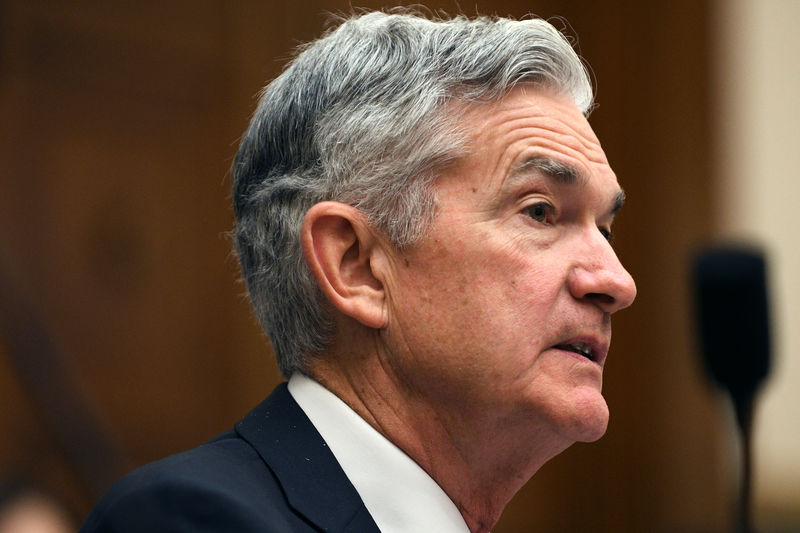(Bloomberg) -- The Federal Reserve will raise interest rates this week and continue its quarterly drumbeat of 25-basis-point increases straight through to June 2019, according to economists surveyed by Bloomberg.
That’s a steadier pace for hikes over the coming months than Fed watchers anticipated in June, when they predicted the Federal Open Market Committee would skip a move at its December meeting. Such a pause won’t come until next September, economists now say.
In a poll conducted Sept. 18-20, economists expected the upper boundary of the Fed’s target range for the federal funds rate to hit 3 percent in June 2019 and stay there until the fourth quarter, when they saw a third hike for the year. That’s a slight step up in pace from the previous survey three months ago when the median estimate was for 2.75 percent in June. The target range for the policy rate currently is 1.75 percent to 2 percent.
“Most folks on the committee have laid out a pretty clear strategy that we need to get to neutral, and probably the sooner the better,” said Stephen Stanley, chief economist at Amherst Pierpont Securities LLC. Neutral refers to the level at which the Fed’s benchmark rate is neither hitting the economy’s gas pedal nor touching the brakes. Economists estimated neutral at around 3 percent.
That shift from respondents in their projected rate paths went only so far. Not a single economist predicted a fed funds rate higher than 3 percent in June next year. And from there, they predicted just one more hike before it peaks at 3.25 percent in the fourth quarter of 2019.
The responses signal confidence that, in the near term, firming inflation, the tightening U.S. labor market, and stimulus provided by tax cuts and higher government spending will outweighing concerns among Fed officials over an escalating trade war with China and emerging market stresses.
Economists continued to expect, however, that Fed officials will forecast a slowdown for the economy in 2020. They expect the Fed’s median estimates for growth to be 2.9 percent in 2018 and 2.5 percent in 2019, before dropping to 2 percent in 2020.
Asked what is most likely to cause the next recession, just six respondents, or 15 percent, said a trade war represented the biggest risk.
“Economists have a lot of hope that trade will get resolved,” said James Orlando, senior economist at TD Bank in Toronto. “But when you do the math on the impact on the U.S. economy, even with the worst case happening with China -- 25 percent tariffs on $200 billion in goods -- you’re looking at a 0.5 percent hit to real GDP.”
More economists thought the next recession would be triggered by the Fed raising rates too quickly (12 respondents), by an external non-trade shock (11) or by the bursting of a financial bubble (10).
“In the past, cycles have ended when the Fed kills them,” said Ryan Sweet, head of monetary policy research at Moody’s Analytics Inc. “This Fed isn’t going to be overly reckless, so there’s a chance this cycle could be different, but history is against the Fed.”
In the post-meeting statement, economist overwhelmingly predicted the FOMC would stick by its assessment that risks to monetary policy were “roughly balanced.”
The economists, themselves, saw risks to growth and inflation as balanced or tilted to the upside, with 16 percent viewing risks as tilted to the downside, compared with 3 percent in June.
Year-on-year inflation in the U.S. has recently firmed. The Fed’s preferred measure has surpassed the central bank’s 2 percent target for five straight months. Still, a majority of respondents didn’t expect the Fed to react more aggressively to inflation unless it reached at least 3 percent.
